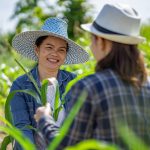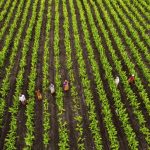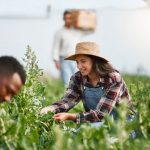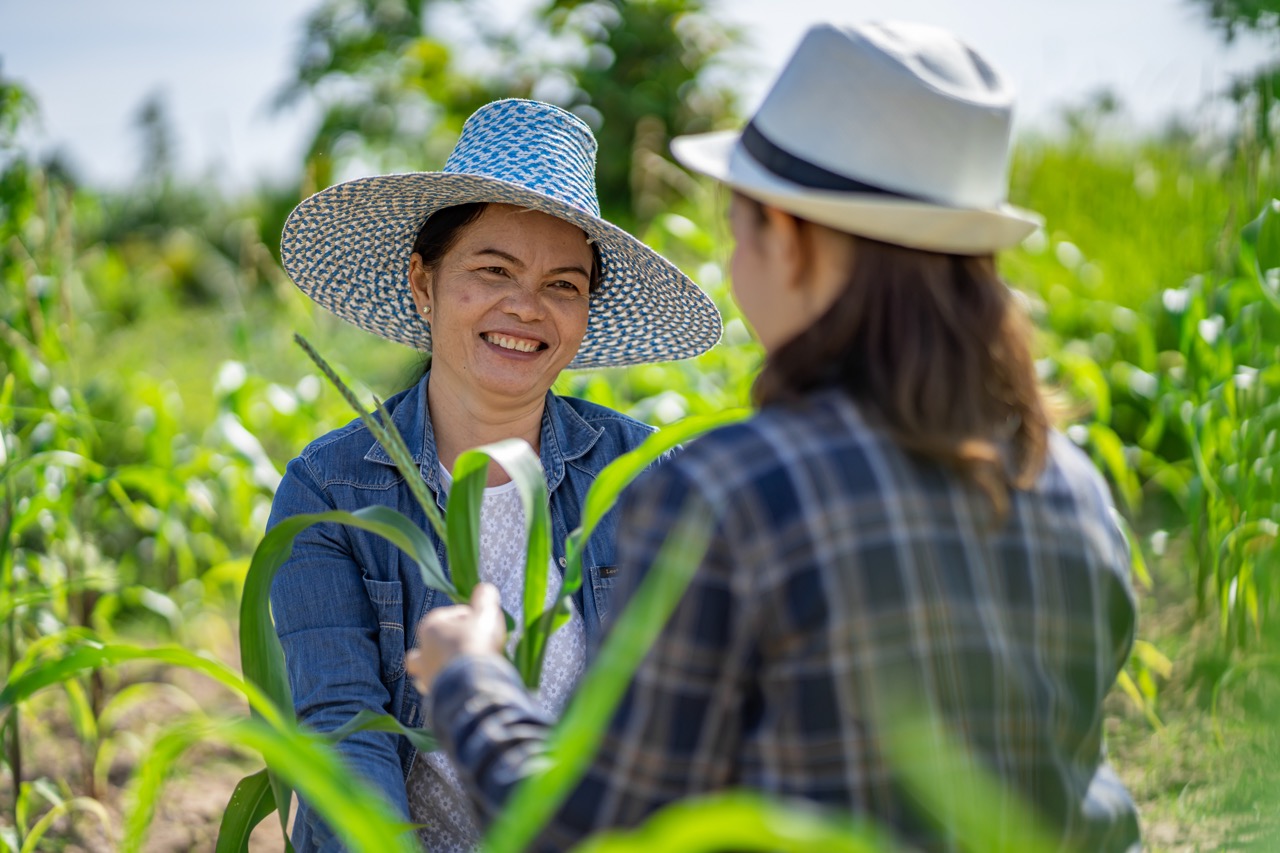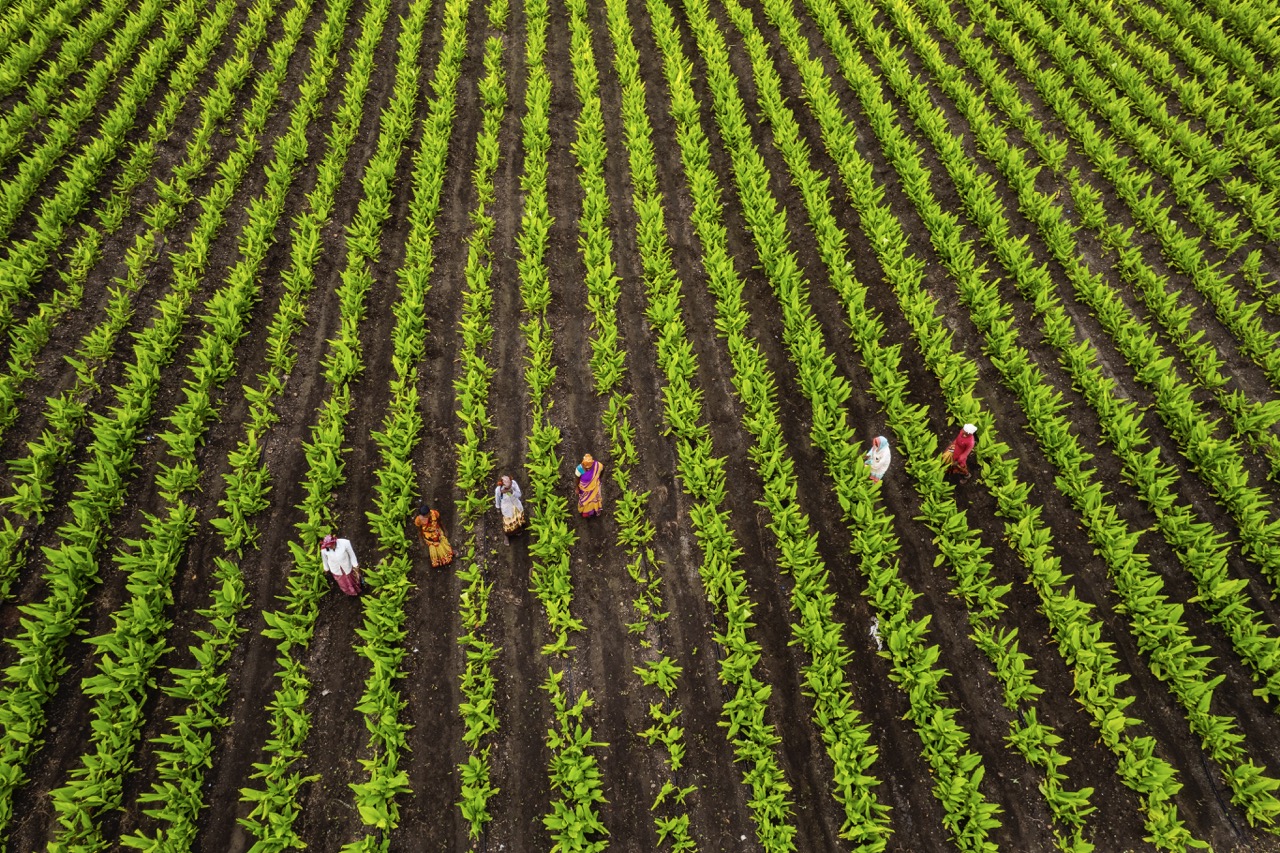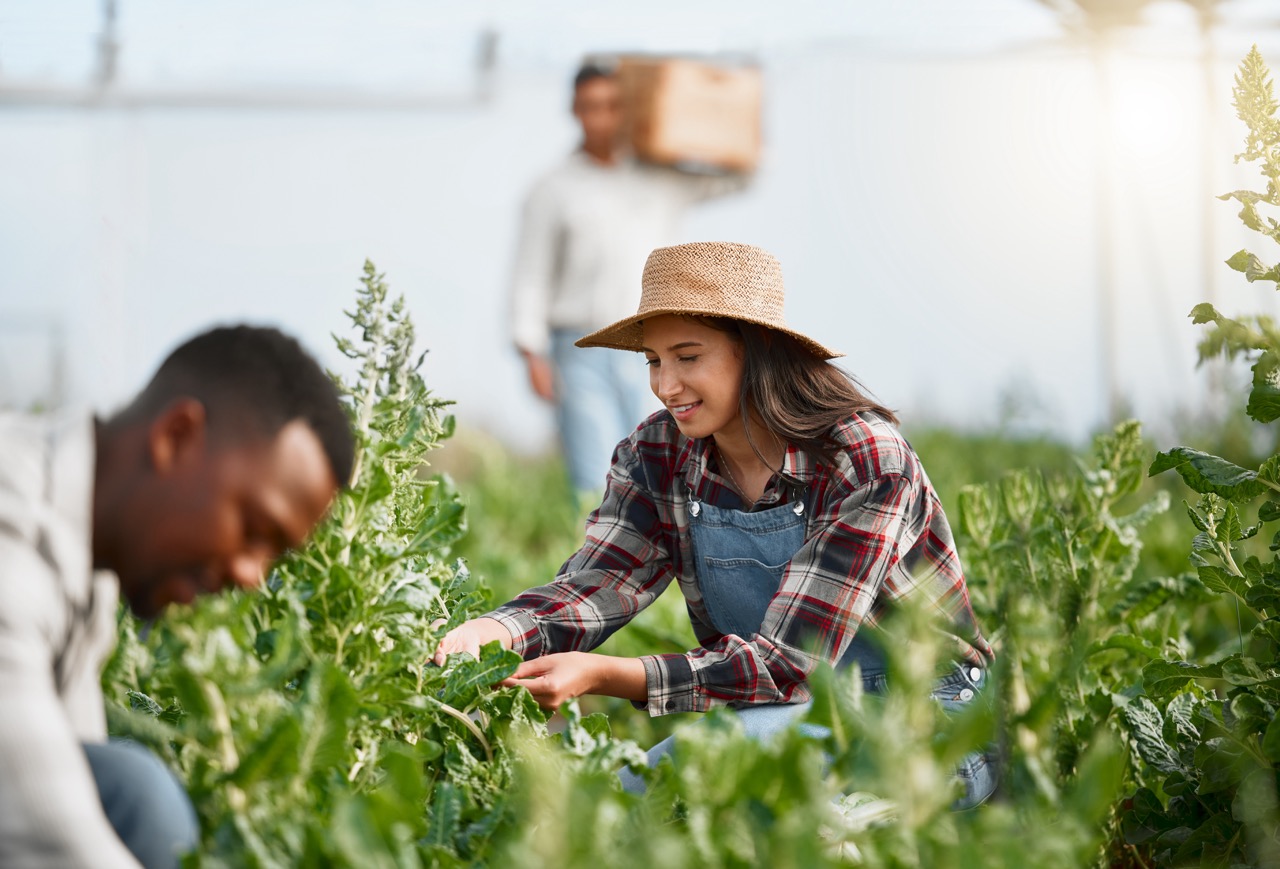Sharecropping, a system of agriculture where landowners allow tenants to use their land in exchange for a share of the crops produced, has long been viewed through a critical lens. Historically associated with exploitative practices, sharecropping is now being re-evaluated as a potential contributor to sustainable agriculture. This article explores how sharecropping can foster sustainable farming practices, bolster local economies, and promote environmental conservation, while also providing recommendations for better policies to support these systems.
Understanding Sharecropping’s Role in Sustainable Farming
Sharecropping can play a pivotal role in sustainable farming by facilitating access to land for smallholder farmers who may otherwise be excluded from agricultural production. This practice enables tenants, often from marginalized communities, to cultivate land and contribute to food security. By providing land access, sharecropping fosters a more equitable distribution of resources, allowing for diverse agricultural practices that enhance local ecosystems.
Moreover, the sharecropping model encourages a long-term relationship between landowners and tenants, which can lead to more sustainable land management practices. When sharecroppers have a vested interest in the health of the land, they are more likely to engage in practices that promote soil fertility, crop rotation, and biodiversity. This collaborative approach can yield a more resilient agricultural system that supports both economic viability and ecological balance.
Additionally, sharecropping can facilitate the transfer of agricultural knowledge and traditional farming techniques from experienced farmers to newer generations. This transmission of knowledge not only enhances productivity but also helps maintain cultural heritage and local farming practices. As sustainable agriculture increasingly emphasizes local knowledge and adaptive practices, sharecropping can serve as a vehicle for fostering innovation and resilience within agricultural communities.
Economic Benefits: Sharecropping and Local Communities
The economic implications of sharecropping extend beyond individual tenants to the broader community. By providing access to land for farming, sharecropping stimulates local economies through the creation of jobs and the promotion of local food systems. Sharecroppers often invest in their local communities by purchasing inputs from local suppliers, thus circulating money within the region and enhancing economic resilience.
Furthermore, sharecropping can contribute to increased food production, which not only meets local dietary needs but can also lead to surplus production for sale in nearby markets. This creates an opportunity for sharecroppers to improve their livelihoods while also providing affordable food options for the community. As food systems become increasingly localized, the economic benefits of sharecropping can serve as a cornerstone for sustainable development.
In addition to local economic stimulation, sharecropping can promote social equity by allowing marginalized groups to participate more fully in the agricultural economy. When land access is democratized through sharecropping arrangements, it empowers individuals and families to invest in their futures. This inclusive approach can reduce poverty rates and enhance community well-being, contributing to a more just and sustainable agricultural landscape.
Environmental Practices: How Sharecroppers Conserve Resources
Sharecroppers often prioritize sustainable practices due to their direct dependence on the land for their livelihoods. Many sharecroppers adopt methods such as organic farming, agroecology, and permaculture, which emphasize biodiversity, soil health, and resource conservation. This growing trend among sharecroppers can contribute significantly to reducing the environmental impact of agriculture while promoting the long-term viability of farming.
Water conservation techniques are often employed by sharecroppers to ensure the sustainability of their practices. These may include rainwater harvesting, drip irrigation, and the cultivation of drought-resistant crops. By utilizing these methods, sharecroppers can mitigate the risks associated with climate variability and conserve vital water resources, promoting resilience in the face of changing environmental conditions.
Moreover, sharecroppers frequently engage in practices that reduce chemical input use, such as integrated pest management (IPM) and cover cropping. These approaches not only minimize harm to surrounding ecosystems but also enhance soil health and fertility. The cumulative effect of these sustainable practices contributes to improved ecosystem services, such as pollination and nutrient cycling, ultimately benefiting both the land and the broader agricultural community.
Policy Recommendations for Enhancing Sharecropping Systems
To maximize the potential of sharecropping as a mechanism for sustainable agriculture, policymakers must focus on creating supportive frameworks that empower tenants while ensuring the rights of landowners. This can be achieved through the establishment of clear legal frameworks that protect both parties’ interests, promoting fair contracts and preventing exploitative practices. Additionally, providing training and resources to sharecroppers can enhance their capacity for sustainable farming practices.
Access to credit and financial services is another essential policy area that requires attention. Sharecroppers often face significant challenges in securing funding for inputs and improvements. By developing tailored financial products that cater to the unique needs of sharecroppers, governments and financial institutions can facilitate investment in sustainable practices and infrastructure, ultimately improving economic and environmental outcomes.
Lastly, fostering collaboration between sharecroppers, agricultural extension services, and research institutions can promote the exchange of knowledge and resources necessary for sustainable agriculture. Programs aimed at sharing best practices, providing technical training, and facilitating access to markets can enhance the viability of sharecropping systems. By investing in these collaborative efforts, policymakers can create an agricultural landscape that supports sustainability, equity, and resilience.
As the world grapples with pressing challenges such as climate change, food insecurity, and social inequality, exploring innovative agricultural systems like sharecropping becomes increasingly important. By understanding and enhancing the role of sharecroppers in sustainable agriculture, we can pave the way for a more equitable and environmentally sound future. With thoughtful policy interventions and community support, sharecropping can emerge as a crucial component in the transition towards sustainable agricultural practices that benefit farmers, local economies, and the planet as a whole.
